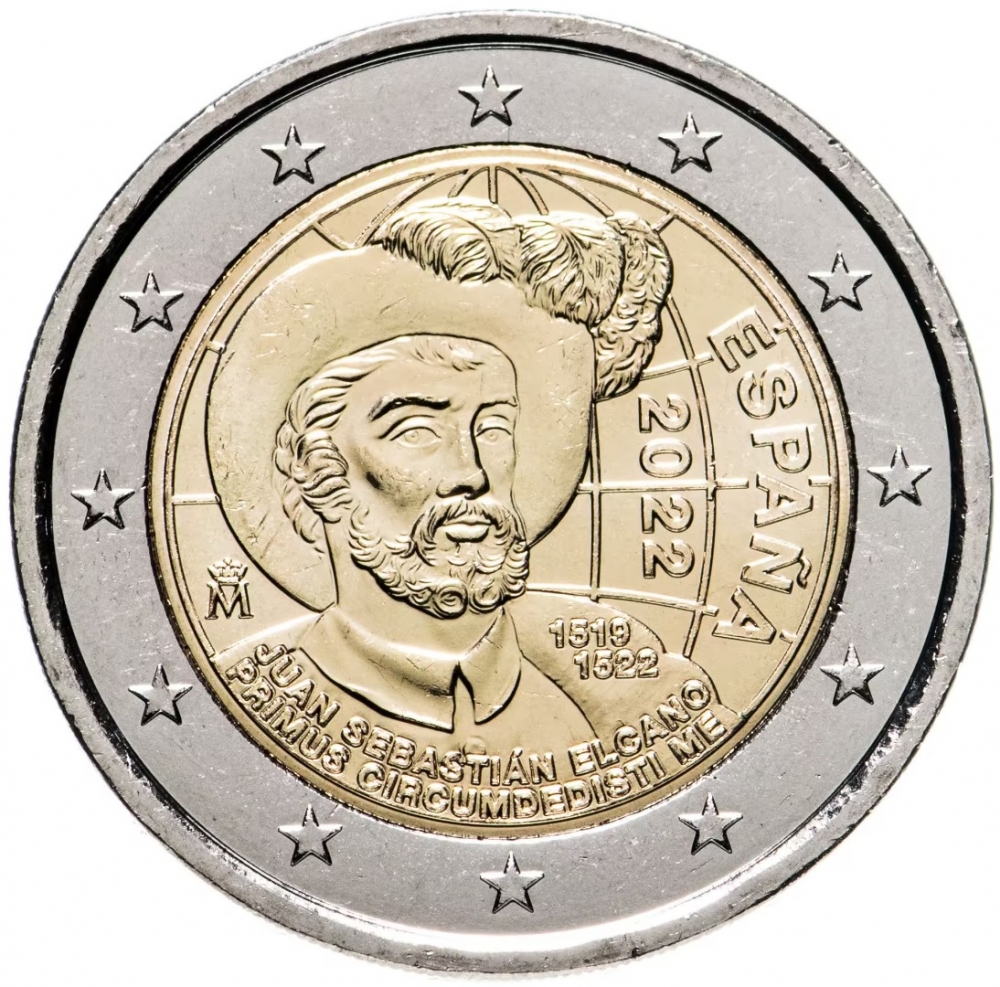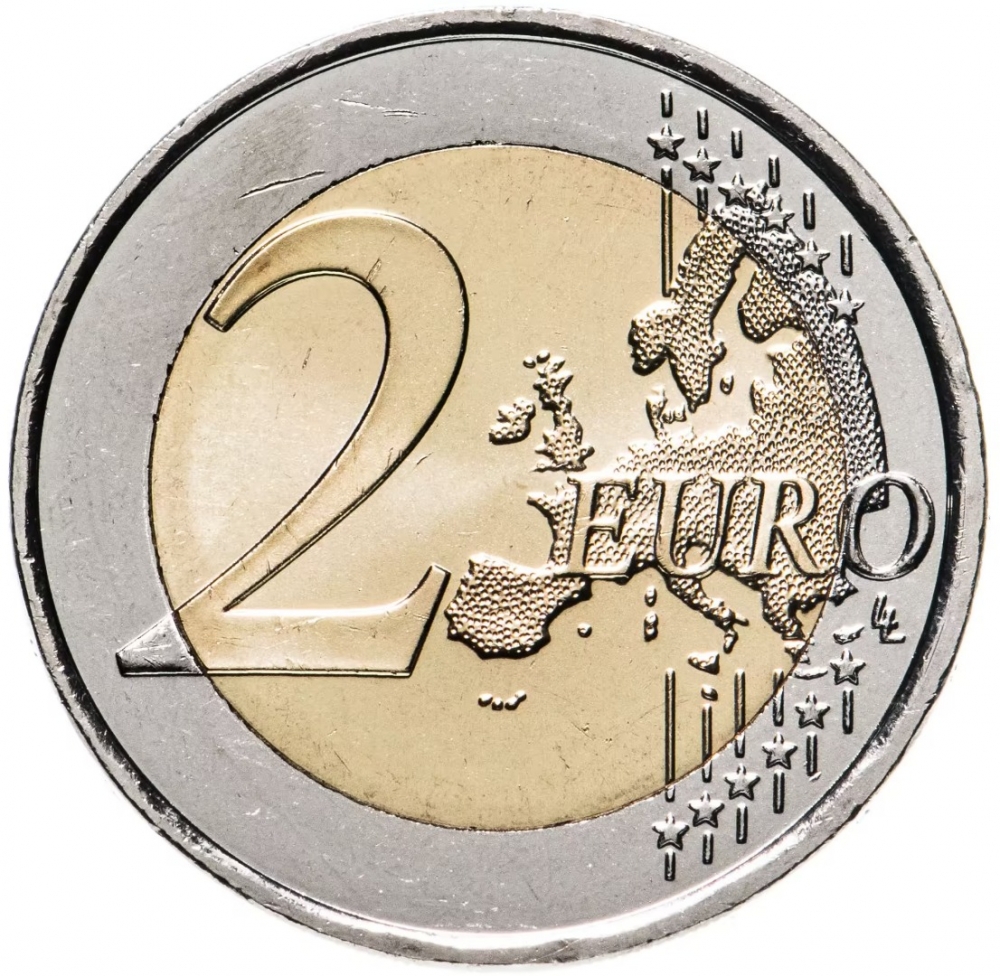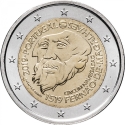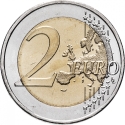You are about to finish your registration. Please check your mailbox (including spam folder). There should be a letter with a confirmation link. Check setting to make sure that your e-mail address is correct.
Send letter againDescription
The Magellan expedition, also known as the Magellan-Elcano expedition, resulted in the first recorded circumnavigation of the Earth in 1522. It is considered by many as one of the most important events in history for its scientific, socio-economic, political, philosophic and theological consequences.
The expedition was sponsored by the Spanish Monarchy aiming to find a maritime route sailing westwards from Europe to the East Indies across the Pacific Ocean. In 1519, Ferdinand Magellan, a Portuguese-born explorer subject of the Spanish Crown since 1518, was appointed Admiral of the Spanish Fleet by the emperor Charles V to lead a five-ship fleet called "Armada de Molucca" to reach the Spice Islands (Maluku Islands, in present-day Indonesia). After the death of Magellan in Mactan (now part of modern-day Cebu, Philippines) at the hands of the natives in 1521 and following several other short-lived leaderships, Basque navigator Juan Sebastián Elcano took command of the expedition to finally reach the Spice Islands. Elcano then decided to return to Spain across the Indian Ocean and up the Atlantic Ocean, resulting in the first circumnavigation of the world in 1522.
When Victoria, the one surviving ship and the smallest carrack in the fleet, returned to the harbour of departure after completing the first circumnavigation of the Earth, only 18 men out of the original 270 men were on board.
Obverse

|
Depicts the portrait of Juan Sebastián Elcano in the background of a globe. Country name and date of the issue on the right. The logo of the Royal Spanish Mint (crowned letter M) on the left. The dates of the expedition, name and motto of the naval commander below. Surrounded by the twelve stars of Europe. ESPAÑA |
|---|---|
Reverse

|
A geographical map of Western Europe spans the outer ring and inner core on the right side of the coin. The inscription 2 EURO is superimposed over the map of Europe, with the numeral “2” located in an open field representing the eastern Atlantic Ocean. 2 EURO |
| Edge |
The sequence "2 ★ ★" repeated six times alternately upright and inverted 2 ★ ★ 2 ★ ★ 2 ★ ★ 2 ★ ★ 2 ★ ★ 2 ★ ★ |
Swap now (2 offers)
Characteristics
| Type | Commemorative Issue (Circulating) |
| Material | Bi-Metallic |
| Ring | Cupronickel |
| Center | Nickel Brass |
| Weight | 8.5 g |
| Diameter | 25.75 mm |
| Thickness | 2.2 mm |
| Shape |
|
| Alignment | Medal |
| Mint |
Royal Spanish Mint (FNMT-RCM)
|
Related coins
500th Anniversary of the Magellan–Elcano Circumnavigation



